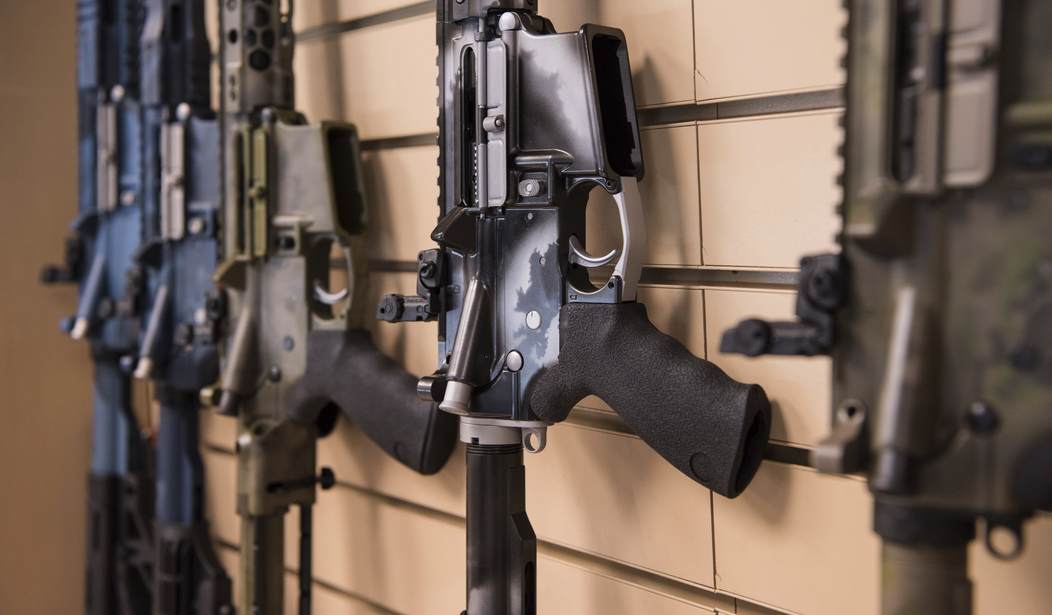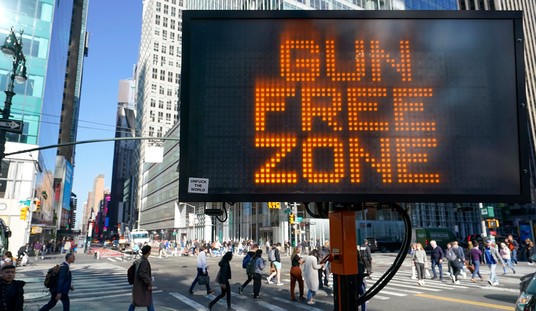Coming up a little later today we’ll be covering some good news from the federal judiciary, but let’s get the bad news out of the way first. A federal judge in Washington State has turned away a request for an injunction halting enforcement of the state’s newly-imposed ban on the sale of so-called assault weapons, and for the most absurd reason you can imagine.
LEGAL ALERT: A judge has denied the motion for preliminary injunction in our lawsuit challenging Washington's "assault weapon ban," saying that the banned firearms "allow a shooter to fire as fast as they can pull the trigger, unlike previous guns." https://t.co/pE8vgg2puP
— Firearms Policy Coalition (@gunpolicy) June 6, 2023
That’s unfortunately not a hyperbolic retelling of the decision by U.S. District Judge Robert Bryan, an 88-year-old first appointed to the bench by then-president Ronald Reagan in 1986. Bryan cast doubt that modern sporting rifles are indeed in “common use” despite the fact that there are more AR-15-style rifles in this country than Ford F-150 pickup trucks, but hinged his ruling on his opinion that bans on modern sporting rifles are historically analogous to 18th and 19th century regulations on trap guns, Bowie knives, slungshots, and multi-shot revolvers.
Each of the above arms restrictions, including bans and restrictions on carrying, arose from the same historical pattern. The weapon was invented, perhaps for the military, became widely popular with civilians, was associated with criminal use, and was then regulated by the States. As has been the case throughout our Nation’s history, HB 1240’s prohibition on the manufacture, import, and sale of semiautomatic assault weapons responds to the same pattern: technological weapons change that sets forth unprecedented social concerns.
Semiautomatic assault weapons represent a significant technological change – they allow a shooter to fire as fast as they can pull the trigger, unlike previous guns. While semiautomatic weapons like the AR-15 were invented in the 1950s, the growth in ownership of semiautomatic assault weapons proliferated in the late 2000s.
This is, of course, patently absurd. Semi-automatic firearms have been around for more than 100 years, and firearms that don’t require anything other than loading the gun and pulling the trigger in order for it to fire haven been in civilian hands for nearly two centuries. None of that matters to Bryan any more than the fact that the historical regulations he cited fell far short of the outright ban on sales imposed by the Washington state legislature.
Bruen does not require that the historical regulation be the exact same; it is not a “historical straight jacket.”
Analogical reasoning requires that the law’s proponents “identify a well-established and representative historical analogue, not a historical twin.”
Further, as explained by Dr. Spitzer in relation to the Bowie knife regulations, complete bans on the possession of certain weapons (as opposed to laws forbidding the carrying of those weapons) did not occur as much in our early Nation’s history because the federal and state governments did not have the “maturity, powers, tools, or resources” to implement and enforce a complete ban. Instead, the chief remedy enacted by the states was to bar the carrying of knives, “along with the other two categories of weapons that also threatened public safety, clubs and pistols.” Bruen specifically cautioned that in cases of “dramatic technological changes” or “unprecedented societal concerns,” a “more nuanced approach” may be necessary.
Washington’s ban on the sale of modern sporting rifles is anything but nuanced. It’s a blanket prohibition on the sale, purchase, and transfer of the most commonly-sold rifles in the country. The “dramatic technological change” brought about by the AR platform took place almost 70 years ago, and despite Bryan’s claims to the contrary, mass shootings are hardly an unprecedented societal concern never known until just recently. As Amy Swearer pointed out in great detail just a few weeks ago, mass shootings have taken place for well over one hundred years as well, and cowardly killers a century ago were still murdering an awful lot of people with shotguns and other weapons that Bryan would presumably find protected by the Second Amendment. Even during the federal ban on “assault weapons” in place between 1994 and 2004, mass murderers were still able to carry out their attacks, with and without prohibited firearms.
Meanwhile, there were actually MORE mass public shootings that occurred during the ban (regardless of weapon) than occurred in the 10 years preceding the ban.
Whatever happened in the last 15 years has nothing to do with pistol grips, and everything to do with social contagion.
— Amy Swearer (@AmySwearer) May 10, 2023
If we’re looking at what “unprecedented societal changes” may have taken place in the past fifteen years that have led to an increase in mass shootings, I’d point to the rise of social media, not the popularity of modern sporting rifles that have been sold in the civilian market since 1964.
Still, Bryan’s ruling is what it is, and Washington gun owners are unlikely to find any relief in the courts in the near term. The Ninth Circuit seems like an unlikely vehicle to grant an injunction against a ban on the sale of modern sporting rifles, and the Supreme Court is clearly taking a hands-off approach to intervening in preliminary injunctions. The best hope for relatively quick relief for Washington residents may like on the East Coast, where the Fourth Circuit is still holding on to a case challenging the state of Maryland’s ban on modern sporting rifles. Once that decision comes down (presuming the Fourth Circuit decides the case on the merits and doesn’t kick it back down to district court for a whole new trial) the losing party is likely to appeal to the Supreme Court, and the issue may finally be ripe enough for SCOTUS to weigh in. Given the absurd opinions we’re seeing from judges like Bryan here relief can’t come quickly enough, and more damage is done to our fundamental right to keep and bear arms every day these prohibitions remain in place.









Join the conversation as a VIP Member